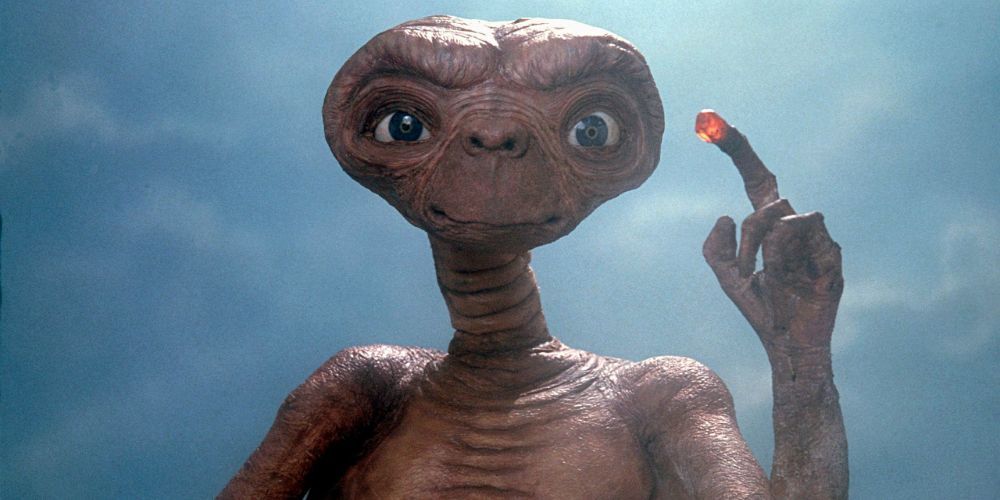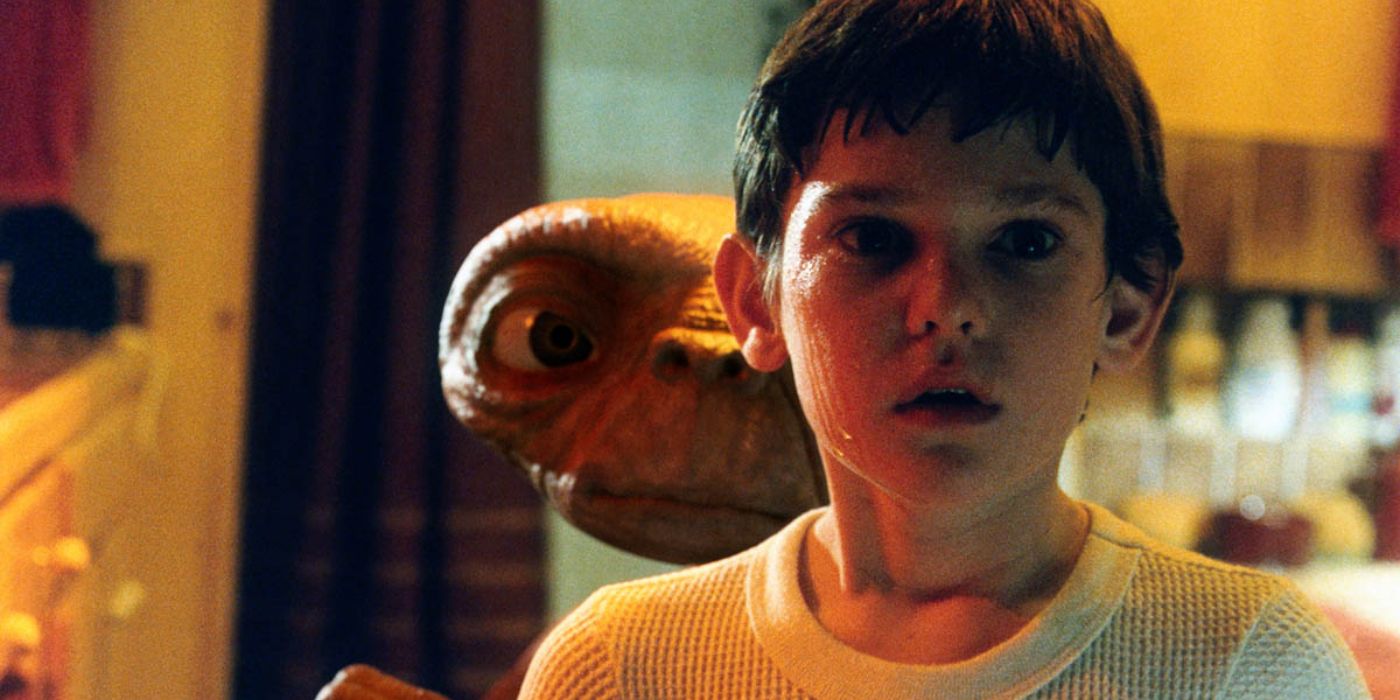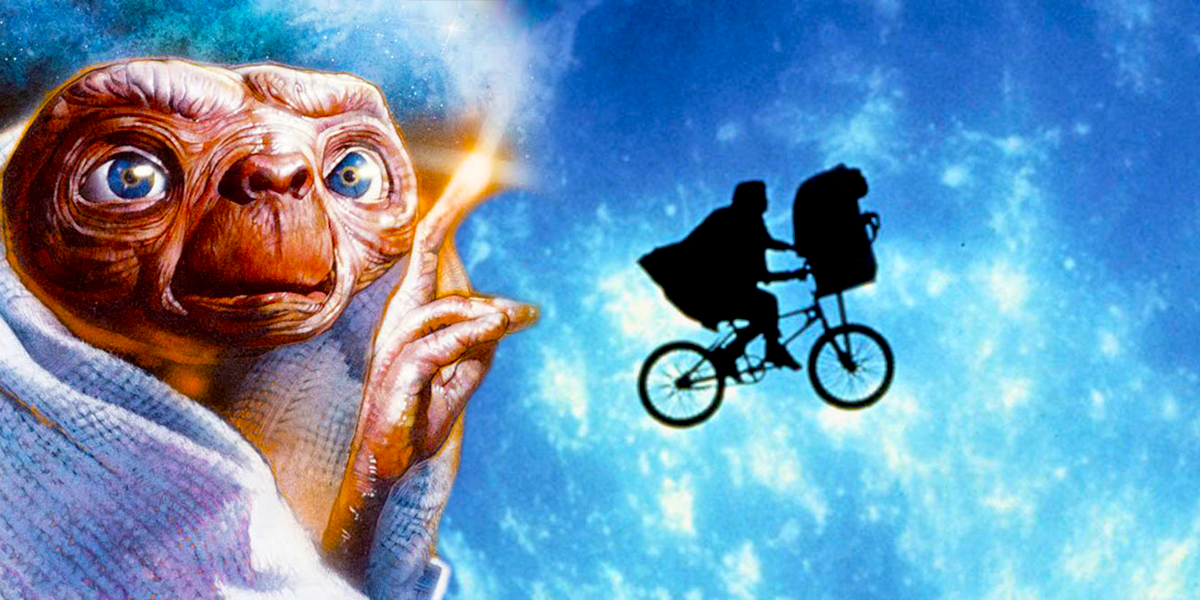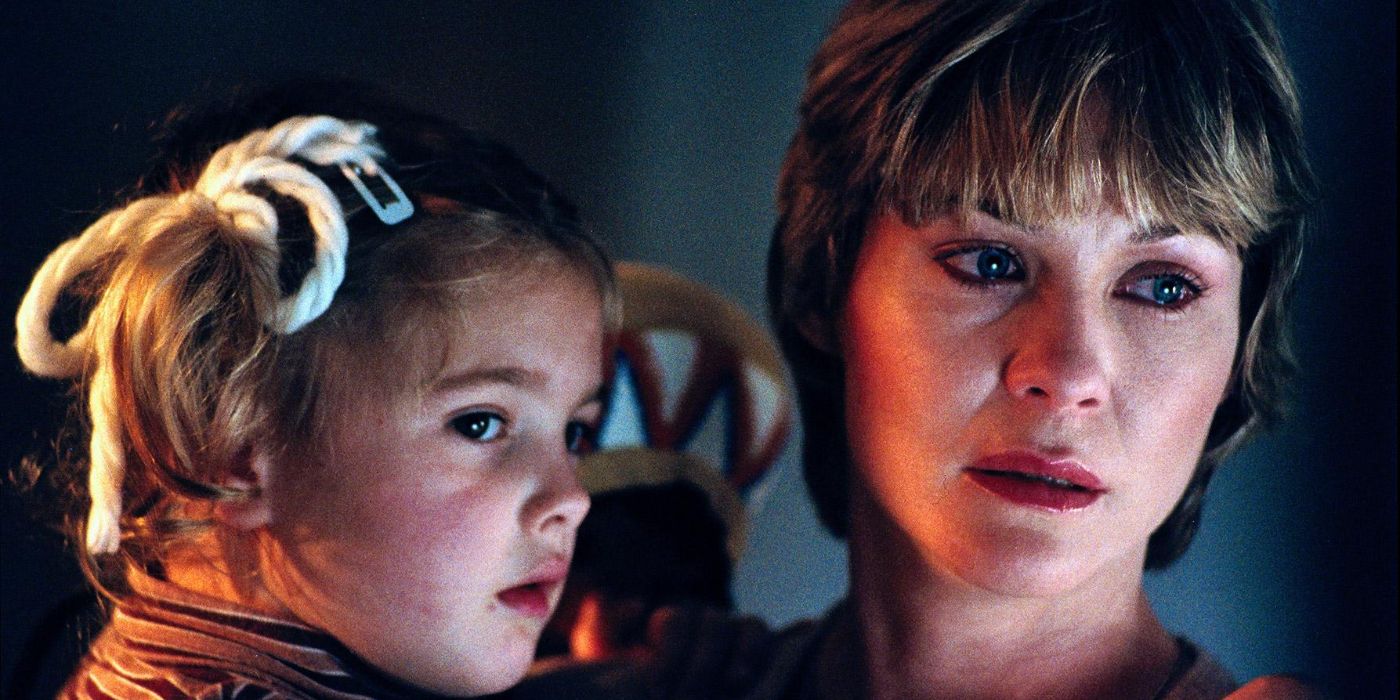Over the past six decades, Steven Spielberg has become one of his generation's most prolific and well-respected filmmakers by forging a vast oeuvre of unforgettable films. And with classics like Jaws, Close Encounters of the Third Kind, Raiders of the Lost Ark, Jurassic Park, Schindler's List, Saving Private Ryan, Catch Me If You Can, War of the Worlds and West Side Story to his name, it's easy to see why. The man specializes in delivering character-driven, emotionally rich and immensely satisfying cinematic experiences. But for all the classics to Spielberg's name, one film remains an astonishingly singular encapsulation of precisely who he is as a storyteller more than any other work: E.T.
Much like Spielberg's other works throughout the '70s and early '80s, E.T. is a genre film rooted in classically pulpy science-fiction storytelling. It began life as a much more menacing alien-centric thematic follow-up to Close Encounters of the Third Kind titled Night Skies. But Night Skies kept stalling as Spielberg struggled to find an endearing hook to the story, as documented in Susan Lacy's excellent Spielberg documentary, until he teamed with writer Melissa Mathison and retrofitted the film into a tale of a much more benign alien encounter. But the masterstroke that turned E.T. into the indelible classic that it is today was the way in which Spielberg and Mathison captured childhood.
On the surface, the extra-terrestrial, affectionately known as E.T., is the narrative drive at the core of E.T.'s story. He is accidentally stranded on Earth and taken in by the young Elliot Taylor and Co. As a team of military researchers searches for him, E.T. experiences life on Earth through Elliot and his family's eyes and forms a close bond with Elliot specifically. When said military forces inevitably come crashing into the story, Elliot and his friends and family have to work to set E.T. free and get him back home. Thematically, though, what Spielberg and Mathison do with E.T. is make a film about childhood imagination and the desperate fight to cling to it as people mature into adults.
E.T. is symbolic of Elliot's childhood innocence, coming to Elliot at a time when he needed it most. When E.T. begins, Elliot's parents are recently divorced, and Elliot has to take on an increasing amount of responsibilities around the house. E.T. appears in the garden shed in the Taylors' backyard, and no one else from the family believes Elliot when he tells them of the "goblin" he's seen. That means only Elliot believes in E.T., specifically because of his innocence.
It leads to Elliot not only finding E.T. but forging a bond with him by bringing him into his childhood bedroom and showing him his world. Elliot's bedroom is a child's bedroom decorated with toys and Star Wars paraphernalia: a veritable incubator of Elliot's imagination. One of the first things Elliot shows E.T. is how to play with these toys, proving how Elliot loves to let his mind run free within these walls.
As E.T. learns more and more about Elliot's world and gets introduced to both Michael (Elliot's older brother) and Gertie (Elliot's younger sister), E.T. remains vehemently committed to the idea of being a children's film. Spielberg keeps the camera low, showing the audience the world from Elliot's perspective. John William's insatiably wonderful score and Spielberg's camerawork work overtime to sell the awe of each and every moment of discovery with E.T. and Elliot to phenomenal effect. Most tellingly of all, outside of Elliot's mother, E.T. does not feature a single adult face on-screen for the first half of its runtime.
The first half of E.T. is singularly committed to crafting an incubator of childhood innocence and imagination, not just for the characters but for the audience. Even peripherally, Spielberg stuffs the margins of E.T. with pieces of his own childhood: Elliot re-enacting scenes from his idol John Ford's The Quiet Man, Gertie being read Peter Pan or E.T. communicating with the children via Buck Rogers comic strips. But as the story moves forward, E.T. grows sicker, increasingly desperate to "phone home," and the military closes in upon them. Here, E.T. is quite literally showcasing childhood slipping away into the pragmatically analytic nature of adulthood.
And it's only once the military forces have seized the Taylors' home, and Spielberg's camera takes audiences through the hazmat tunnel into the quarantined state of the house, that E.T. shows the audience the adults' faces. The awe-inspiring wonder of both E.T. as a character and E.T. as a film is on trial and literally dissected before audiences' very eyes. The adults are not as enamored with E.T. as Elliot, and his siblings see him as something to be quantified rather than felt.
When a government official questions Michael about E.T. and Elliot's bond by asking, "Elliot thinks its thoughts?" Michael responds, "No... Elliot feels his feelings." The connection between E.T. and the children gets driven by emotion, while any connection between E.T. and the adults is doomed to be driven by intellect. That is best demonstrated by Keys, the primary government agent who led the search for E.T., who tells Elliot he once encountered E.T. when he was a child and had been chasing proof ever since.
Keys is the adult who has spent his whole life trying to reclaim his childhood wonder. He is, in many ways, a darker echo of Elliot. For as E.T. gets examined by the government, so is Elliot. He gets brought crashing headfirst into the adult world in E.T.'s second half, his once delightfully idiosyncratic and imaginative bedroom transformed into a cold, calculated and sterilized observatory. When E.T. dies, so does Elliot's imagination and innocence -- his childhood, literally and metaphorically, is lost. But as E.T. rises from the dead and Elliot and Co. decide to fight for him, to save him from the clinical analysis of the adult world, they are fighting for the very sake of their childhood wonder.
All of this culminates in E.T.'s transcendent final moments, in which Elliot and his friends and family return E.T. to his spaceship. Here, Spielberg and editor Carol Littleton take E.T.'s primary themes to heart in crafting the edit: they eschew linear narrative-rooted cutting in favor of emotionally-rooted associative cutting. As Williams' outright operatic score crescendos and E.T. says goodbye, he tellingly points to Elliot's forehead and says, "I'll be right here." Much like Wendy in Peter Pan, Elliot knows he has to grow up, that he cannot remain a child forever, but at this moment, E.T. reassures him that the beauty, imagination and innocence of childhood will always be with him.
In many ways, Spielberg is Elliot. He's spent his career holding onto the awe and imagination of his childhood, successfully recreating that same sense of wonder for generations of filmgoers. With E.T., Spielberg made a timeless ode to the stories he loves and to the beautiful act of preserving childhood imagination in an earnest fashion.




